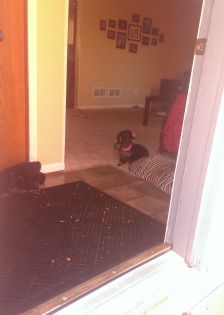The KEY to a Well Mannered Companion
When it comes to socialization, it’s important to be sure all interactions that your puppy has with the world around him are well thought out so that the puppy sees the experience as a GOOD experience. EXPOSURE to all the things in the socialization checklist below is NOT ENOUGH. It must be a positive exposure.
Socialization is not just about meeting other dogs and people. It is also about experiencing different places and novel objects and new sights and sounds. From approximately 6-16 weeks your puppy is most open to new experiences, so this is the ideal time to socialize. It is very important that your puppy always sees their experience with new things as positive. If they have a negative experience and you do not revisit the issue and fix it, they could end up being fearful for life.
#1 Priority – People Socialization
Aggressive behavior toward people is a behavior problem that has a high likelihood of ending in euthanasia because it is quite difficult to manage a dog with this issue since people are everywhere. Prevention is Key!
Are either of these puppies above having a POSITIVE social experience? The people appear to be, but neither puppy appears happy. Puppy on the left appears very tolerant of the experience and is likely having a neutral socialization experience at the moment the photo was taken. Puppy on the right appears a bit more uncomfortable with the interaction indicated by wide eyes and it appears he is pulling away. This would be considered a neutral or potentially negative socialization experience.
Look at the difference in expression here. Dog A is having a positive experience, dog B appears more worried.
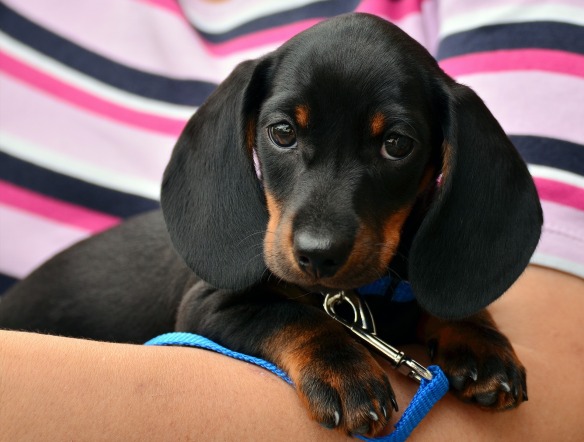
Does the puppy above appear to be having a POSITIVE socialization experience, or perhaps more of a neutral or potentially even mildly negative experience? Do you see happiness?
Above both dogs have ears back and squinty eyes, but the body position is very different as is the mouth. Dog A appears to be crouching and has a tightly closed mouth with a tongue flick (which is often an indication of stress), where dog B is upright and has an open relaxed mouth. Notice how dog A is being greeted by top of the head petting (which is not a great way to greet an unknown dog), while dog B shows the humans hand near chest level.
These puppies appear to be having a positive socialization experience. They are engaging voluntarily with tails wagging and no hesitation or backing away.
Submissive Body Language
Typically when a dog rolls over like the photo below with tail slightly tucked and eyes squinty, they are feeling a bit uneasy and behaving submissively. When feeling submissive, they aren’t having a positive socialization experience. If this happens, try to help the person greeting your dog become less obtrusive by sitting down in a chair or kneeling on the ground.
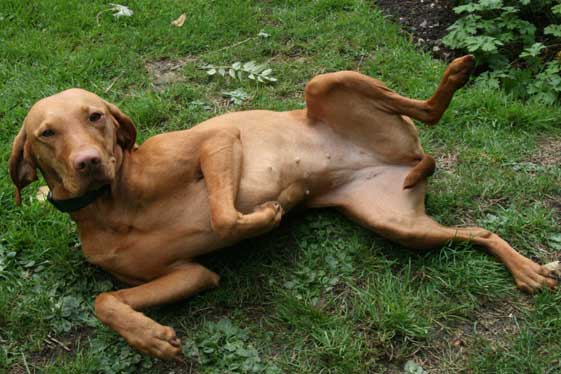
Handling Fearful Reactions
If you notice any amount of hesitation from your puppy when introducing him to something new, it is important to make note of the worry and either address it now, or set up other socialization opportunities to overcome the fear in a controlled environment.
- You may act excitedly, encourage your puppy to play, and/or give your puppy treats near the new thing.
- You may also touch or interact with the feared item, person or dog to help show them you are not afraid of it.
- There may be times when you may need to create additional space between your puppy and the feared object (as much space as is necessary to make your puppy feel comfortable enough to eat treats, relax and play).
- Always keep it fun and pleasant.
- Be careful of coddling your puppy. While picking up your puppy is a good way to quickly remove them from a negative social experience, it’s important to not reinforce in your pups mind that there was something to be afraid of by getting emotional yourself. Keep things fun and happy, even when things go awry.
- If you are unable to help your puppy through a particular fear at the moment, be sure to make note of the fear and remember to come back and address the fear in a controlled situation.
Dog to Dog Socialization
Even though watching puppies play together is a lot of fun, the best thing you can do for your dogs socialization is start by having your dog meet well mannered adult dogs. Some may be playful, others a bit old and grouchy and that is a good thing! This is where your dog will learn about social cues that most other puppies don’t yet understand. They will learn what it looks like when another dog wants to play and what it looks like when they don’t as well. They will learn what a growl means (please go away – growling is communication, not a bad thing), what stiff body language means, what a hard stare means, what ignoring them means, what play gestures look like etc. Instead of trying to meet a bunch of other puppies or young dogs, you are better off trying to meet a variety of well mannered adult dogs and only a few puppies.
The most important thing when it comes to socializing your puppy is making sure that the interactions they are having at the moment don’t become too much for them. If you see your puppy becoming overwhelmed, have them take a break before it gets out of control and before they become afraid. Just like with people, it is important that they have POSITIVE social experiences.
Click here to check out our blog on Dog to Dog Play and Dog Parks
Socialization to Novel Objects
There are many different objects that your puppy will experience throughout it’s life and there is no way you could expose your dog to all of them, BUT that doesn’t mean you shouldn’t try. Allow your puppy to interact with as many novel objects as possible, especially large objects. When out on walks something as simple as a garbage can at the end of the driveway can trigger a fearful reaction or holiday decorations that weren’t there yesterday. Do your best to show your puppy all kinds of crazy objects while you are out and about on your social excursions and while at home as well.
Socialization to New Places
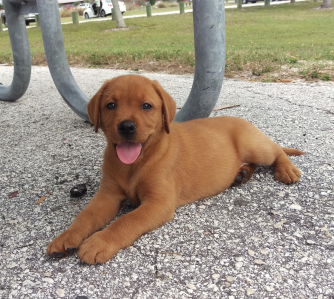
Taking your puppy to new places is a huge part of a socialization program. Any place you can envision your puppy may go throughout it’s life should be somewhere they visit as puppies. If you want to be able to travel with your puppy and you live in the suburbs or country, visit busy cities so your pup can adapt to all the noise and the higher number of people. Be careful not to overwhelm your puppy though. Start in a quieter part of the city (perhaps a city park) and work your way toward walking down the sidewalks. Don’t stop at one experience in the city. With such a challenging social experience, it often takes multiple (3-5 or more) exposures before your puppy will feel comfortable in that environment.
Socialization to a Variety of Sounds
Thunder phobia is very common. Hopefully you have your pup during a time of year that they will experience thunder, but if not, you can also buy a sound CD or download storm sounds to play for them. Start it quiet and slowly increase the volume. I find it best to play with your puppy during storms so they see storms as a fun experience. It’s also often a good idea to bring your puppy outside for some playtime while the thunder rolls in the distance before the storm actually arrives. Each time the thunder booms, get excited and let your puppy know that you think thunder is fun!
Other sounds that may startle your puppy or create noise phobias in the future include loud beeping (like from a smoke alarm), gunfire and high winds. It’s also a great idea to expose your puppy to the noises that playing children make. You can do this by sitting near where children play with your puppy, but far enough away that they won’t come to overwhelm him. More than 1 or 2 children, especially loud children will most certainly overwhelm most puppies.
Quality vs. Quantity
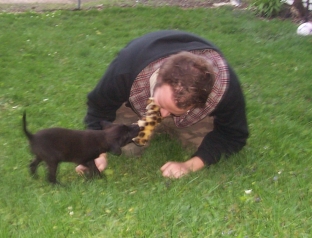
This puppy is clearly enjoying her play interaction with what might otherwise be a big intimidating person.
Even though it’s important for your puppy to meet as many new people and dogs as possible during their socialization period, quality of the interactions is far more important than the quantity. 5 excellent experiences can do more for your puppy than 100 neutral or potentially negative experiences.
It’s important to keep in mind that puppies that are at all uneasy with a new person, dog or situation need more time in that situation. This means that a fearful puppy quickly sniffing a person as they walk by is NOT a good enough socialization experience. The puppy needs enough time to really enjoy that person. For some puppies that may be 10 seconds, for others it will be several minutes or longer.
Fears Can Spiral Out Of Control
Fears have a way of spiraling out of control. One fear can turn into multiple fears very quickly due to the effect of association. When a dog experiences fear of a novel object and at the same time a garbage truck goes by when his fear response is hightened, suddenly you have a puppy who is afraid of the novel object AND the garbage truck. The same thing can happen if a puppy is afraid of a new place and when in that fear state, we allow people to greet him (before he has a solid positive association with people). For this reason, it is important to try to keep the number of potentially feaful stimuli to a minimum. If your puppy is nervous in a new place, seek a quieter area of that new place and feed treats, play etc. Protect your puppy from additional potentially fearful stimuli (including people, dogs and novel objects).
When your puppy is fearful, instead of walking around a new place, find a quiet spot and sit there for a while until your puppy is clearly eager to begin exploring.
Socialization Checklist
Use the checklist below to be sure you are exposing your dog to as many things as you expect they might encounter in their lives as possible.
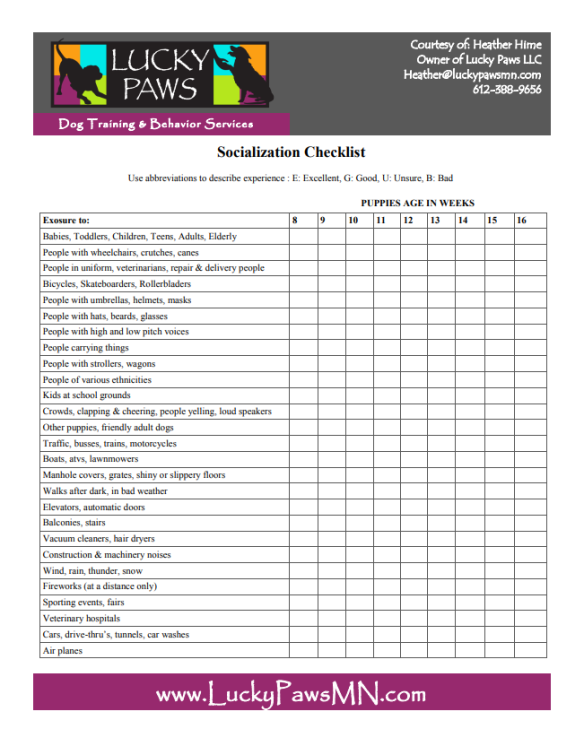
So remember, exposure to new things, people and dogs is NOT enough. It must be POSITIVE EXPOSURE!







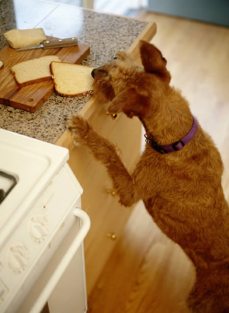
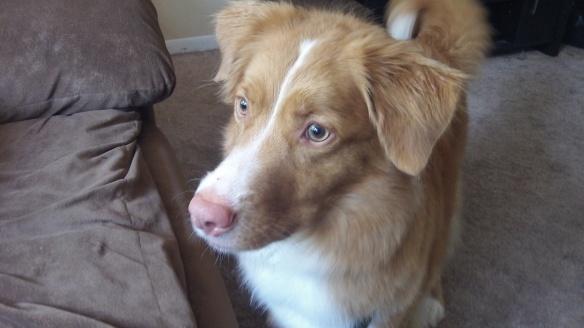
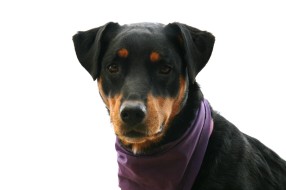 easier! The “Out” command allows you to give your dog the cue to leave a particular room or stay out of a room.
easier! The “Out” command allows you to give your dog the cue to leave a particular room or stay out of a room.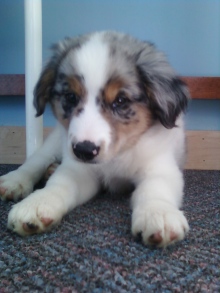
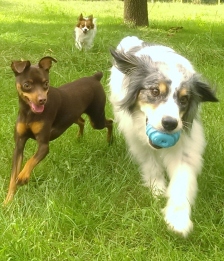 outside? Join us for our Tiny Tails Small Dog
outside? Join us for our Tiny Tails Small Dog 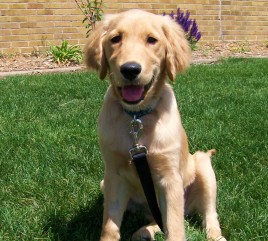
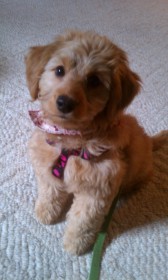
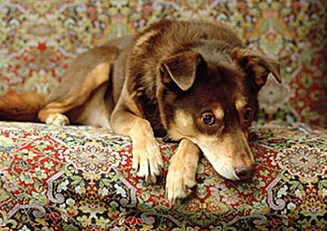 don’t have time to exercise your dog before your guests arrive, but you will be happy you took the time to do so when you see how much it improves your dogs behavior. In the days leading up to your event, be sure your dog is getting LOTS of exercise. Trips to daycare or the dog park, lots of fetch games or play with a
don’t have time to exercise your dog before your guests arrive, but you will be happy you took the time to do so when you see how much it improves your dogs behavior. In the days leading up to your event, be sure your dog is getting LOTS of exercise. Trips to daycare or the dog park, lots of fetch games or play with a 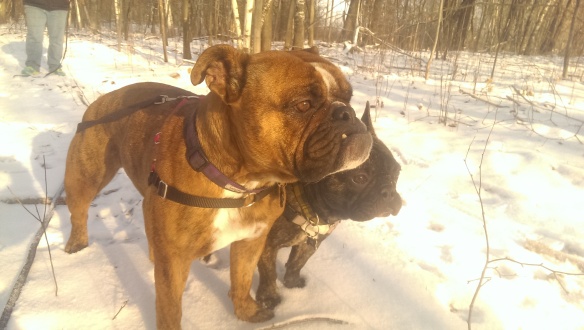
 gathering, sometimes keeping an eye on your dog is difficult to say the least. When your not watching he may be stealing grandmas ham! When you are busy, keep your dog happy in his crate.
gathering, sometimes keeping an eye on your dog is difficult to say the least. When your not watching he may be stealing grandmas ham! When you are busy, keep your dog happy in his crate.